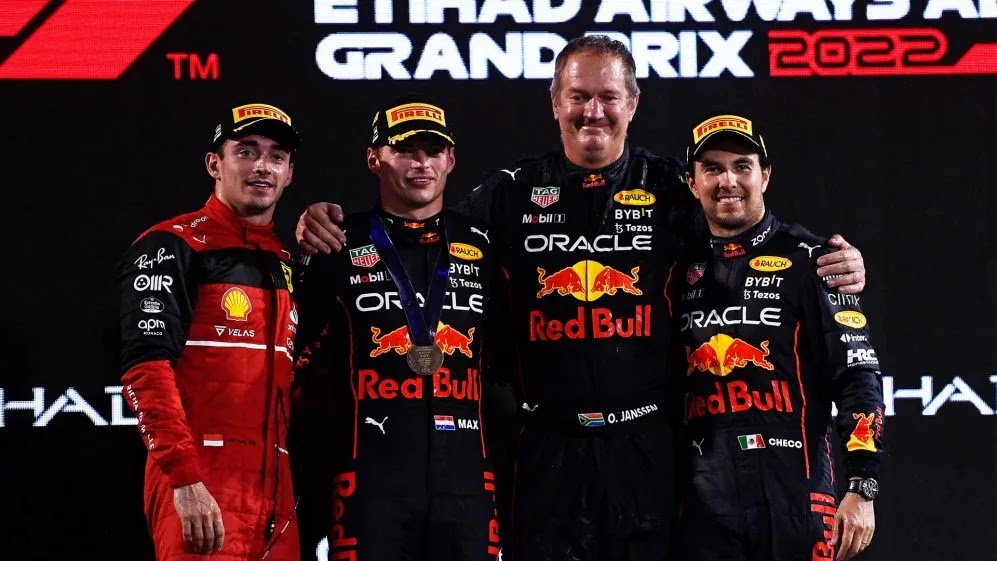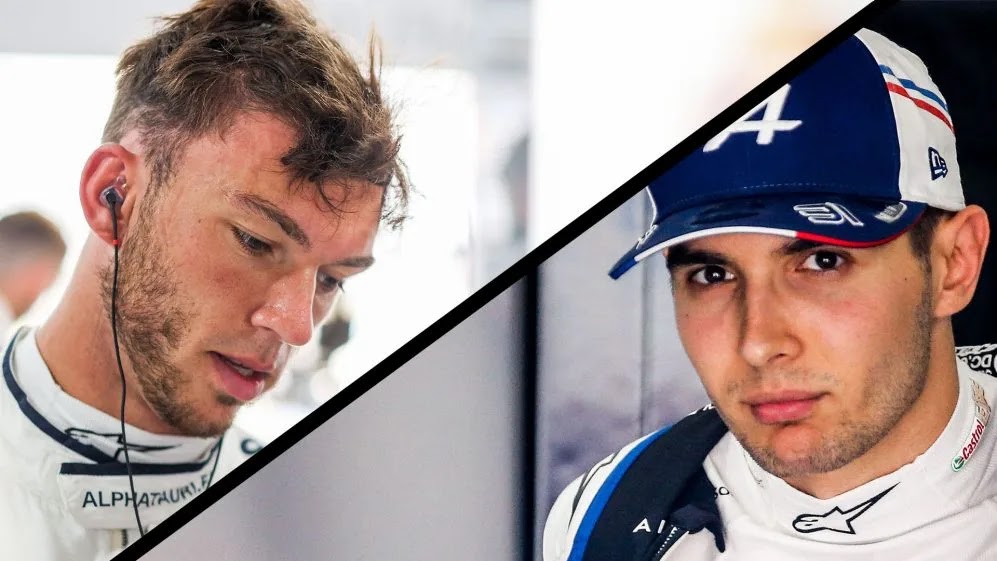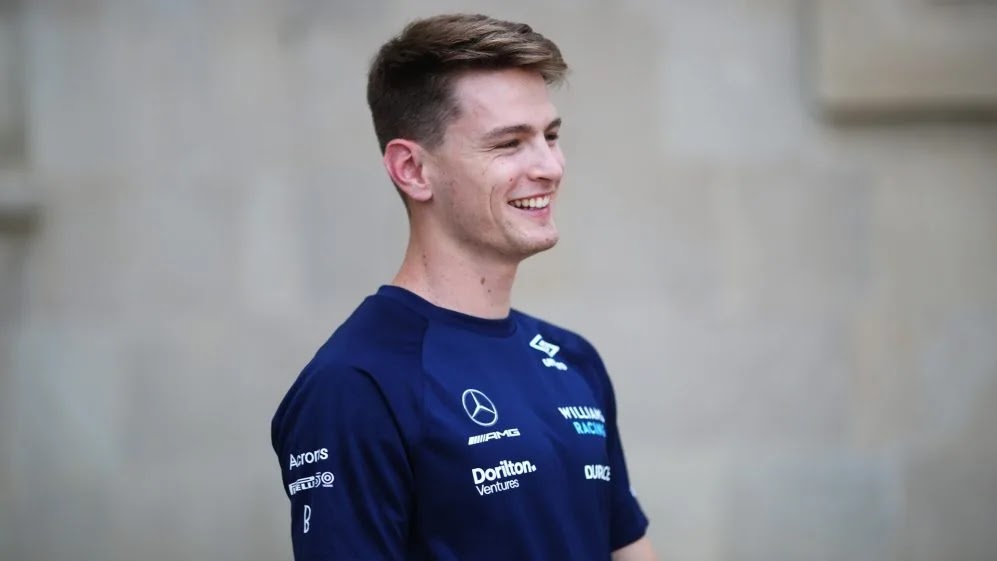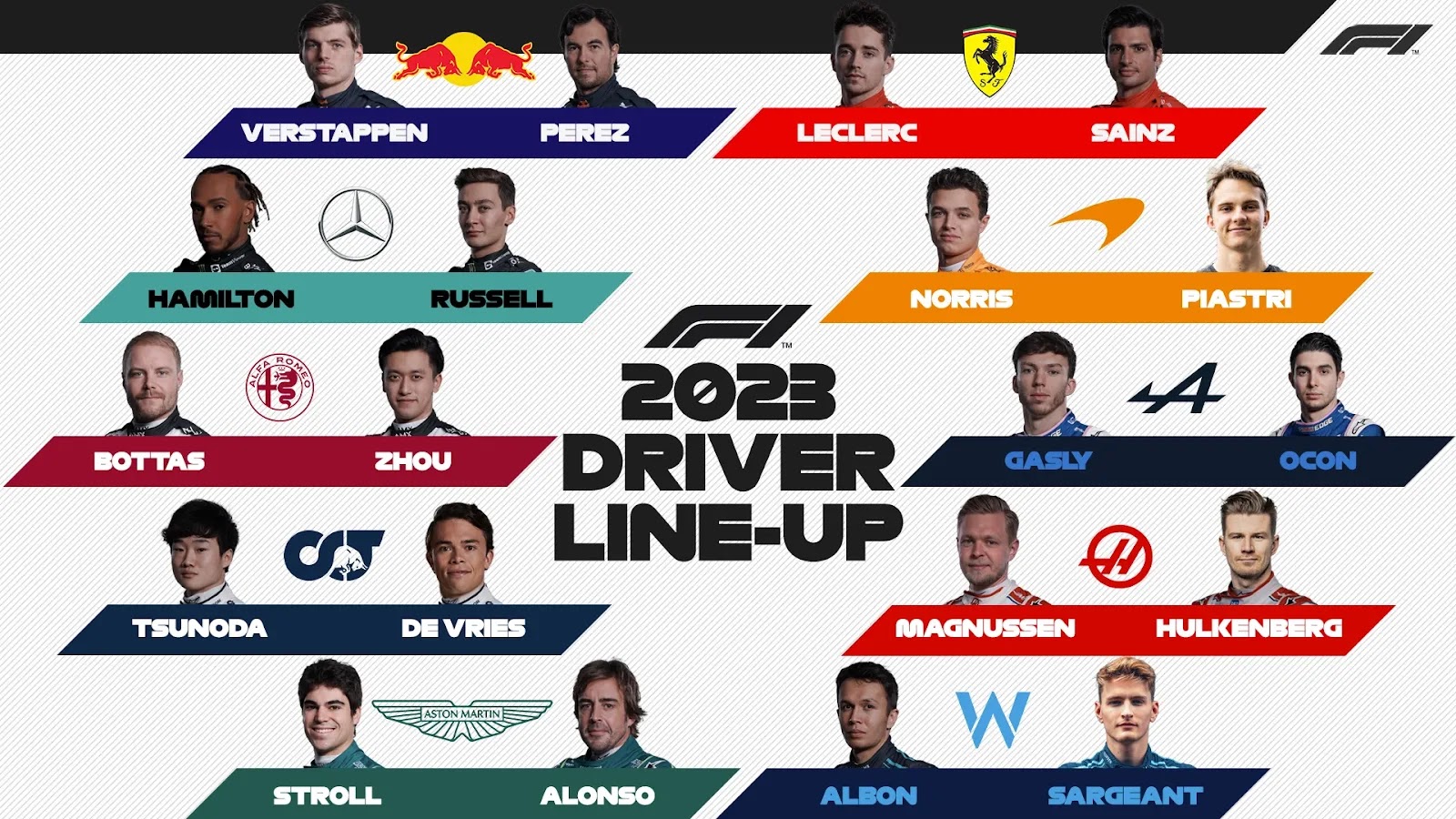Formula 1 2022 Season Retrospective

A brief discussion about the biggest talking points of the biggest ever season yet of the sport.

The biggest ever season of the sport yet concluded last month at Yas Marina Circuit in Abu Dhabi. Red Bull's Max Verstappen who had already confirmed his second consecutive title in Japan saw the chequered flag first, notching up a record fifteenth win of the season. Ferrari's Charles Leclerc finished second in the race and the championship ahead of Red Bull driver Sergio Perez.
A major technical regulation change promised a lot of action on track, but drivers and teams provided even more action off track. Everything has been discussed extensively in the media, so I will stick to talking about the things that made me take notice.
Champions and Challengers
The earlier stages of the season seemed to indicate that Max Verstappen and Charles Leclerc will have a close fight for the Drivers' Championship, and their respective teams will lock horns in the Constructors' Championship. However, a mix of strategy mistakes, reliability issues and damage control to prevent a budget cap breach led to this title challenge ending a lot sooner than expected.

In his first season for Mercedes, George Russell finished in top five in eighteen races and even secured his maiden win at Brazil; a race Sergio Perez would like to forget. Checo did build up a substantial enough gap, but would have hoped for more success to avoid being treated as a support for Max.

Middling Midfield
Alpine and McLaren engaged in a close midfield fight as expected, but both teams were plagued with different issues and therefore ended up quite far from the top three teams. 42 year old "rookie" Fernando Alonso was at the top of his game in a performant Alpine, but ended up with six DNFs thanks to its reliability issues. McLaren's marketing team did a better job than their engineering team, but Lando Norris outdrove the car while overcoming multiple bouts of illness to get the team's only podium finish.

Esteban Ocon's performances didn't stand out much, but somewhat better luck helped him finish ahead of his teammate. On the other hand, Daniel Ricciardo had his worst ever season since replacing Mark Webber at Red Bull in 2014; culminating in him returning to his original team with a fat payout from McLaren for a premature contract termination.

Surprise Switcheroos
Sebastian Vettel's retirement announcement triggered a series of driver transfers for the next season. Fernando Alonso took up Vettel's seat at Aston Martin, and Alpine immediately announced Oscar Piastri as their new driver. However, Oscar publicly denied this move in one of the most famous tweets associated with F1 and decided to replace fellow Australian Daniel Ricciardo.
I understand that, without my agreement, Alpine F1 have put out a press release late this afternoon that I am driving for them next year. This is wrong and I have not signed a contract with Alpine for 2023. I will not be driving for Alpine next year.
— Oscar Piastri (@OscarPiastri) August 2, 2022
Alpine finally signed French driver Pierre Gasly from AlphaTauri ending a long-term association with the Red Bull Academy, and AlphaTauri signed Mercedes reserve driver Nyck de Vries who scored points in his first F1 race filling in for Red Bull Academy graduate Alexander Albon, who decided to stay with Williams for the next season.

While Nicholas Latifi losing his Williams seat to American driver Logan Sergeant after three seasons came as no surprise, Haas shocked some people with their decision to replace Mick Schumacher with Nico Hulkenberg, whose last full season in Formula 1 was in the Renault car in 2019.

Management Mishaps
F1's sporting regulations were already under the scanner due to the sequence of events that happened towards the end of the 2021 Abu Dhabi Grand Prix. Despite this there were noticeable slip-ups in stewarding across the season. It seemed that track limits were not tracked uniformly across circuits, and stewards also ended up giving judgements on a few racing incidents after the race ended, thus preventing drivers and teams from reacting to these incidents.
However, nothing could beat the deployment of a tractor for recovering Carlos Sainz's crashed Ferrari on track, as Pierre Gasly approached at a fast pace unaware of its presence. The memories of the accident in the 2014 Japanese Grand Prix which ended the life of Jules Bianchi are still fresh, and the sport can do a lot better at enforcing protocols which ensure the safety of both the drivers and the marshals.

Cash Crunch
The budget cap became a point of contention for all teams, and the news of Red Bull and Aston Martin breaching it in different ways led to strong reactions throughout the grid. Ferrari apparently had to turn down the engine in the later stages of the season and compromise performance to preserve engines and prevent a potential breach.

I believe budget caps are also being thought of in a similar fashion as restrictions on number of engines, powertrains and other components; which might lead to more teams allowing small breaches instead of trading off performance. Whether imposing budget caps really brings all the teams on a level-playing field is a tough question to answer, but hopefully the structure of these restrictions will become more robust with passing time.
Looking Ahead
The numbers for 2023 represent a bigger follow-up to an already massive season. Next year, the sport will travel to 23 venues across the world including the debut of Las Vegas as the third Grand Prix in USA. The number of sprint races has been increased from three to six. Six teams will field a new driver alongside an existing driver, including two debutants and one veteran. Four teams will undergo leadership change, and teams will learn from the positives and negatives of 2022 to improve their cars with FIA providing some relief for the porpoising issues. The increasing scope of logistics seems to go against the net zero goals of the sport, at least on the surface; but the growing popularity of the sport especially outside Europe is encouraging for a stronger top line and bottom line.
